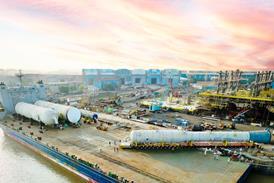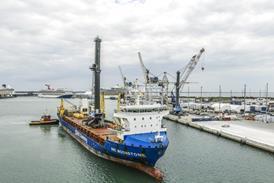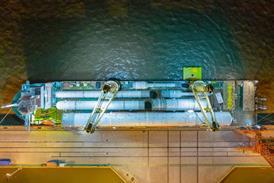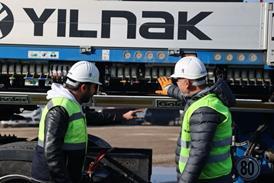The International Union of Marine Insurance (IUMI) has published updated best practice and recommendations for the safe carriage of electric vehicles (EV).

Risk mitigation for the safe ocean and short-sea carriage of electric vehicles builds on IUMI’s 2023 paper and updates are provided in five key areas, including around potential gas accumulation, total energy release and peak temperatures, PCTC ship design, the importance of fixed firefighting systems over manual intervention, and limitations around foam based extinguishing systems.
Around 20 million cars are transported aboard vessels per annum, with EVs being moved in ever larger numbers since 2017. “There appears to be an increasing frequency of fires onboard car carriers although none to date have been found to be solely attributable to an electric vehicle – although it is possible that an EV was the culprit,” said IUMI secretary general, Lars Lange. “However, we are well aware that the characteristics of an EV fire are different to those emanating from a standard internal combustion engine vehicle (ICEV) and it is important that carriers, operators and insurers understand the risks involved and the measures that might reduce that risk.”
Among the gey takeaways from IUMI’s research is that the state of charge (SoC) of batteries within EVs being transported by car carriers should be kept as low as practically and technically possible.
Currently no extinguishing agent or system can interrupt the chemical chain reaction occurring in a battery in thermal runaway. Moreover, a comprehensive firefighting strategy must not only consider the firefighting itself but also the management of potentially explosive gases that may accumulate during such incidents.
IUMI added that while there is general agreement that the total energy released by EVs and ICEVs during a fire is broadly comparable, opinions diverge when it comes to peak temperatures. A peculiarity of EVs is the risk of re-ignition which is higher for a longer period than for ICEVs. Precautionary measures to avoid re-ignition of the traction battery must therefore be taken for an extended period after a fire has been extinguished.
It also noted that PCTCs present some inherent safety challenges stemming from their unique design characteristics. A specific fire risk onboard PCTCs arises from their large, undivided horizontal fire zones.
IUMI is a member of the IMO Correspondence Group on this subject which reports to the IMO Sub-Committee on Ship Systems and Equipment (SSE). This group reported to SSE 11 in March 2025 and is currently working on an action plan to enhance fire safety measures for ships carrying new energy vehicles.
















